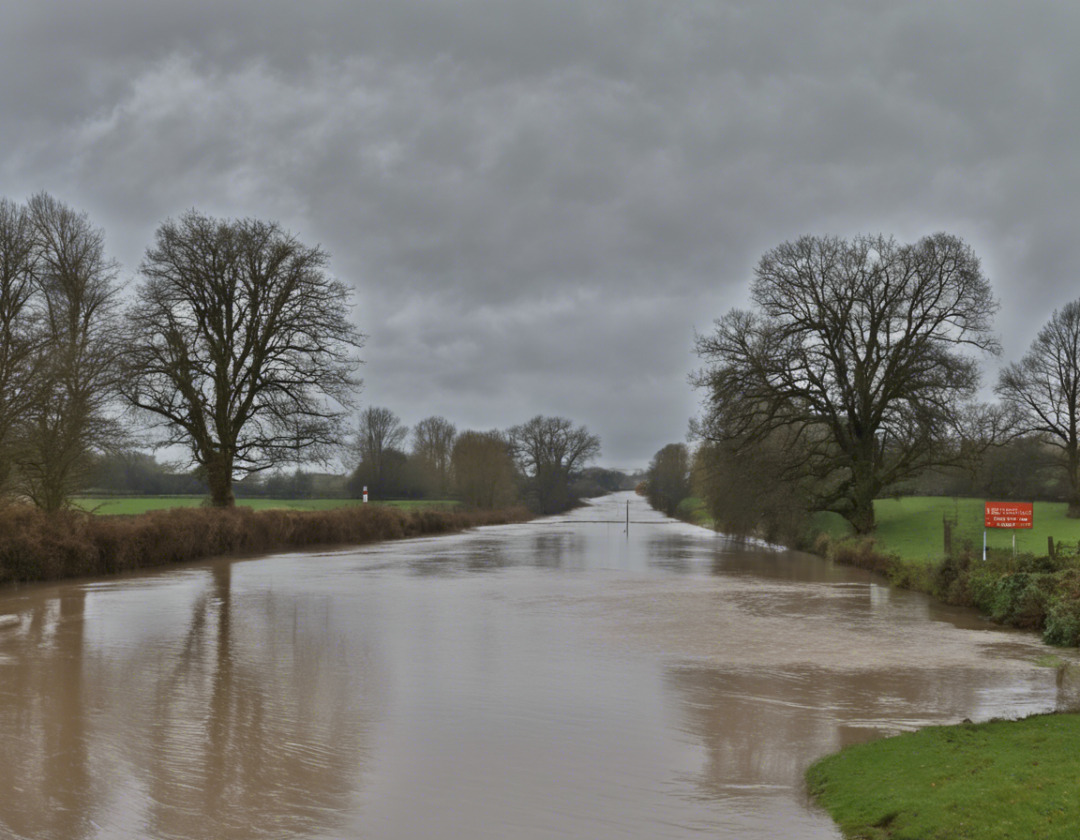Preparing for an Above Normal Flood Alert: What You Need to Know

Introduction
Living in an area prone to flooding can be stressful, especially when the likelihood of above normal flood alerts increases. From prepping your home to ensuring your safety during a flood, there are crucial steps to consider to minimize damage and stay safe. This comprehensive guide will equip you with the knowledge and resources needed to prepare for an above normal flood alert effectively.
Understanding Above Normal Flood Alerts
What is an Above Normal Flood Alert?
An above normal flood alert is issued when the forecast predicts higher than usual water levels in rivers, creeks, or other bodies of water. This increase in water levels can be due to excessive rainfall, rapid snowmelt, or a combination of both factors.
Factors Contributing to Above Normal Flood Alerts
1. Heavy rainfall: Extended periods of heavy rain can saturate the ground, leading to increased runoff into waterways.
2. Snowmelt: The rapid melting of snow, especially in mountainous regions, can overwhelm rivers and cause flooding downstream.
3. Ice Jams: During the transition from winter to spring, ice jams can form in rivers, causing water to back up and flood adjacent areas.
Preparing Your Home for an Above Normal Flood Alert
Evaluating Your Risk
1. Check Flood Maps: Determine if your property is located in a flood-prone area by checking local flood maps.
2. Home Inspection: Conduct a thorough inspection of your home to identify potential vulnerabilities to flooding.
Protecting Your Property
1. Elevate Utilities: Raise electrical outlets, switches, sockets, and wiring at least one foot above the expected flood level.
2. Install Check Valves: Install check valves in sewer traps to prevent floodwater from backing up into drains.
3. Anchor Fuel Tanks: Secure fuel tanks to prevent them from floating away during a flood.
Creating a Family Emergency Plan
Emergency Kit Essentials
1. Food and Water: Stockpile non-perishable food and water for at least three days.
2. First Aid Supplies: Include a first aid kit with essential supplies such as bandages, antiseptic wipes, and medications.
3. Important Documents: Keep copies of important documents in a waterproof container, including insurance policies, identification, and medical records.
Evacuation Planning
1. Designate Evacuation Routes: Identify primary and secondary evacuation routes from your home to higher ground.
2. Emergency Contacts: Share emergency contact information with family members and neighbors.
3. Practice Drills: Conduct regular evacuation drills with your family to ensure everyone knows what to do during a flood alert.
During an Above Normal Flood Alert
Stay Informed
1. Monitor Weather Updates: Keep a battery-powered radio or smartphone handy to stay updated on flood alerts and warnings.
2. Heed Warnings: Follow evacuation orders issued by local authorities to ensure your safety.
Safety Tips
1. Avoid Floodwaters: Do not attempt to walk or drive through floodwaters, as they can be deeper and swifter than they appear.
2. Turn Off Utilities: Shut off electricity, gas, and water mains to prevent hazards during a flood.
3. Seek Higher Ground: Move to higher ground if flooding occurs and wait for rescue if necessary.
After an Above Normal Flood Alert
Assessing Damage
1. Document Damage: Take photographs of any flood damage to your property for insurance purposes.
2. Contact Insurance: Contact your insurance provider to begin the claims process promptly.
Cleanup and Recovery
1. Dispose of Contaminated Items: Safely dispose of any items that came into contact with floodwater.
2. Mold Prevention: Thoroughly dry and disinfect affected areas to prevent mold growth.
Frequently Asked Questions (FAQs)
- How can I prepare my family for an above normal flood alert?
Prepare an emergency kit, create a family emergency plan, and practice evacuation drills regularly. - What should I do if I receive an above normal flood alert warning?
Stay informed, heed evacuation orders, turn off utilities, and seek higher ground. - How can I protect my home from flooding during an above normal flood alert?
Elevate utilities, install check valves, anchor fuel tanks, and conduct a home inspection to identify vulnerabilities. - What should I include in my emergency kit for an above normal flood alert?
Essential items to include are food, water, first aid supplies, important documents, and emergency contacts. - How should I assess and manage flood damage after an above normal flood alert?
Document damage, contact insurance, dispose of contaminated items, and prevent mold growth in affected areas.
In conclusion, preparing for an above normal flood alert requires proactive planning, preparation, and quick action during a flood event. By following the steps outlined in this guide and staying informed, you can safeguard your property and prioritize your family’s safety during a flood emergency.








